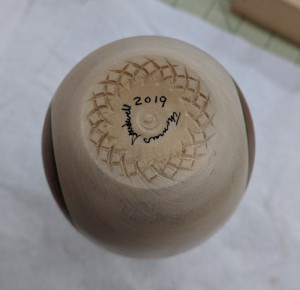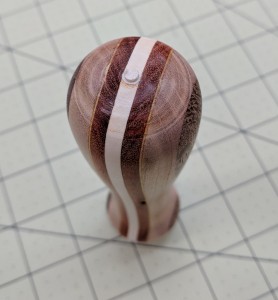Well, this past fall I finally got around to adding the cabinets I had planned for the East Wall of my Workshop. The East Wall had become a dumping ground for pretty much anything that didn’t have a ‘home’. As you can see in the photo below, it had really gotten out of hand, but, with the new cabinets and storage, not only was it organized, I discovered that I had room for yet another tool!!!!
Naturally, an empty space like the area on the left can not go un-filled! So…
Thinking about what’s next on the workshop growth plan, I was ready to start dabbling into metal work. Lots of choices here, but, in the end, I concluded that the first place to start was the ability to cut sheets of metal into something useful. After some investigation, I discovered that a company in California, Langmuir Systems, sold a CNC Plasma Cutter kit for a reasonable price.
The table size is 23×25 inches and, with a water table, was plausible to use in a woodworking shop. The best part was that, about the time I decided that I’d get it after Christmas, Langmuir had a ‘Black Friday’ sale and I got the table for substantially less than the list price. Of course, by the time I bought all the OTHER stuff you need to make this useful and safe, it will take a long time to recover from this!
In any case, here is the resulting installation:
and a closer view:
In case you’re wondering, the ‘curtains’ around the plasma cutter are made of fiberglass cloth. They keep the bulk of the sparks thrown off by the cutter contained and also forms a ‘room’ by which a single vent, connected to my dust collection system, can pull out the bulk of fumes produced during the cutting process.
So, now that my new toy, er, tool is in place, here’s the first ‘real’ thing that I cut…
and after a bit of clean up:
These two have been ‘deployed’ to our yard, the rabbit has been painted white and the turtle has been left to weather naturally, both set out as initial test cases for future yard art. Now it’s time to think about the other projects I can work on…























